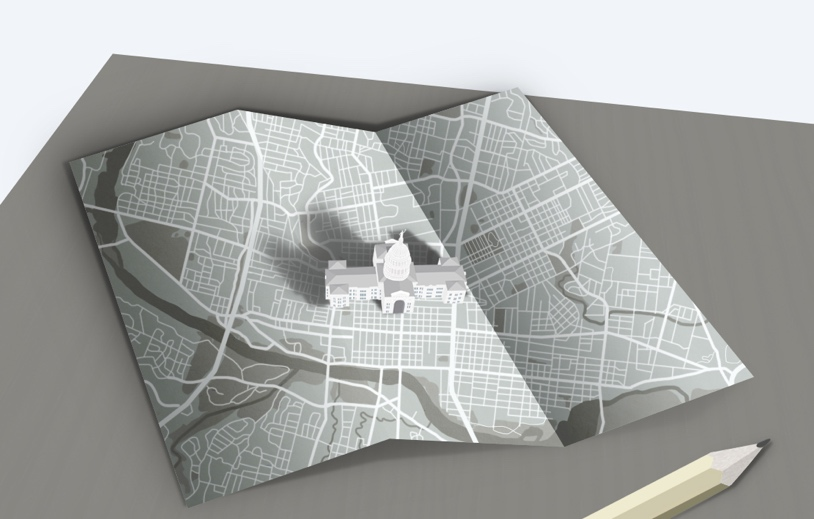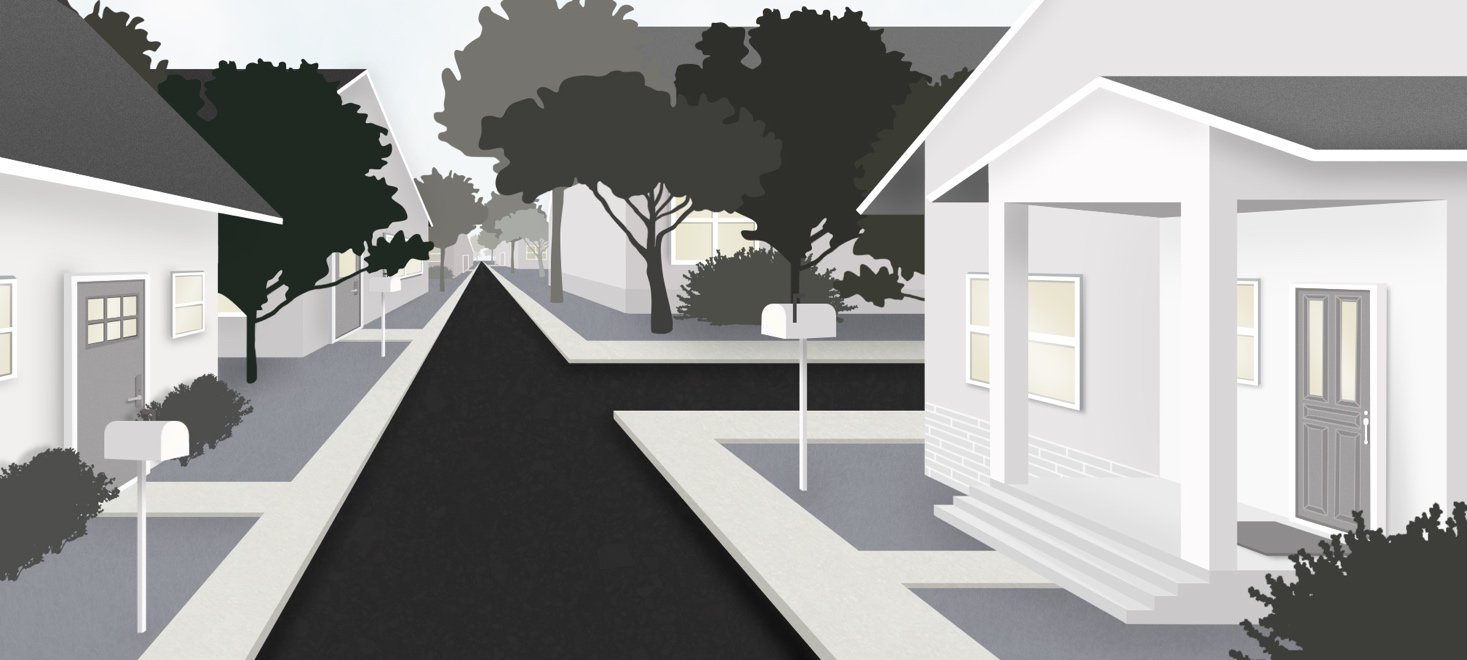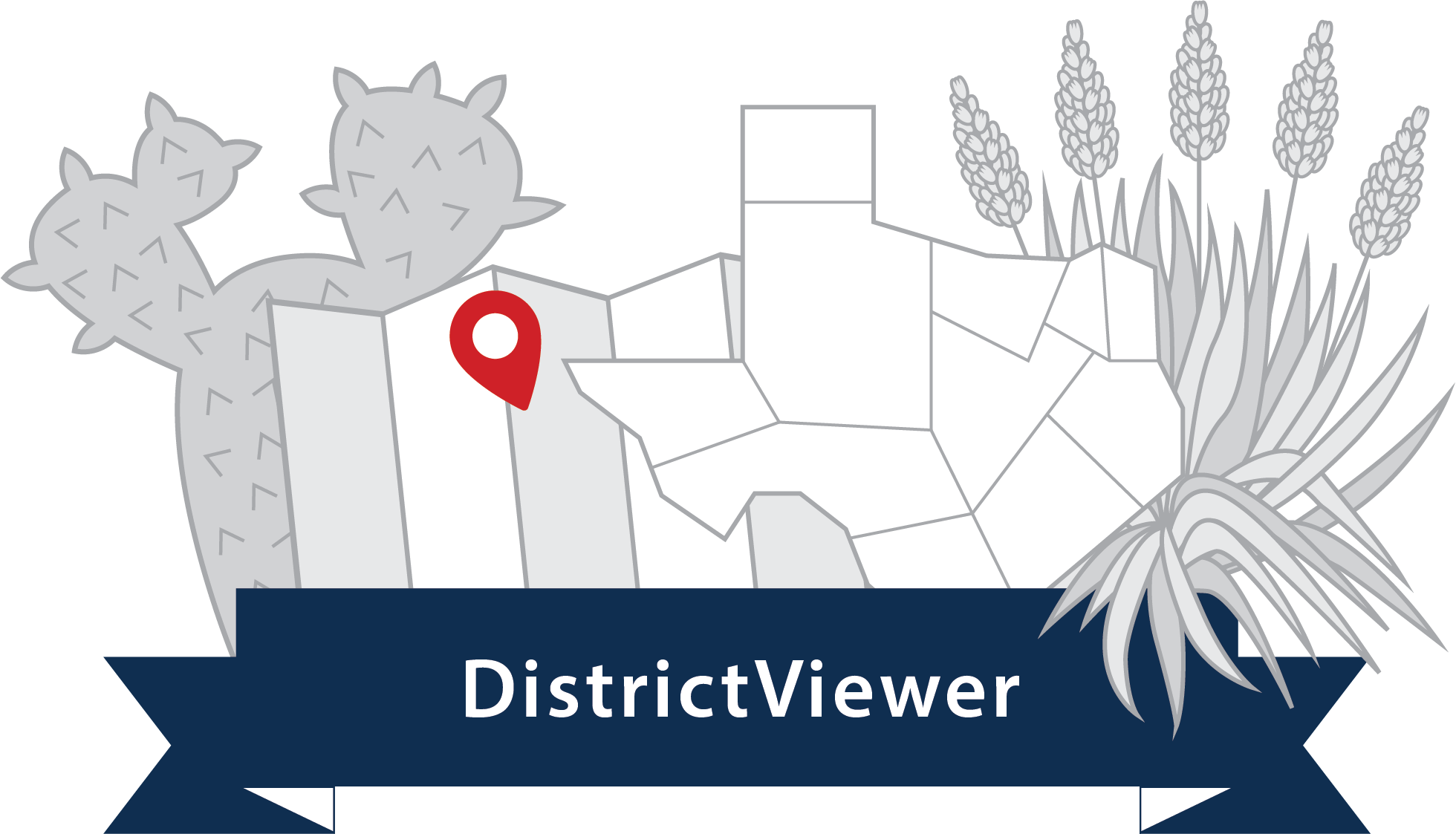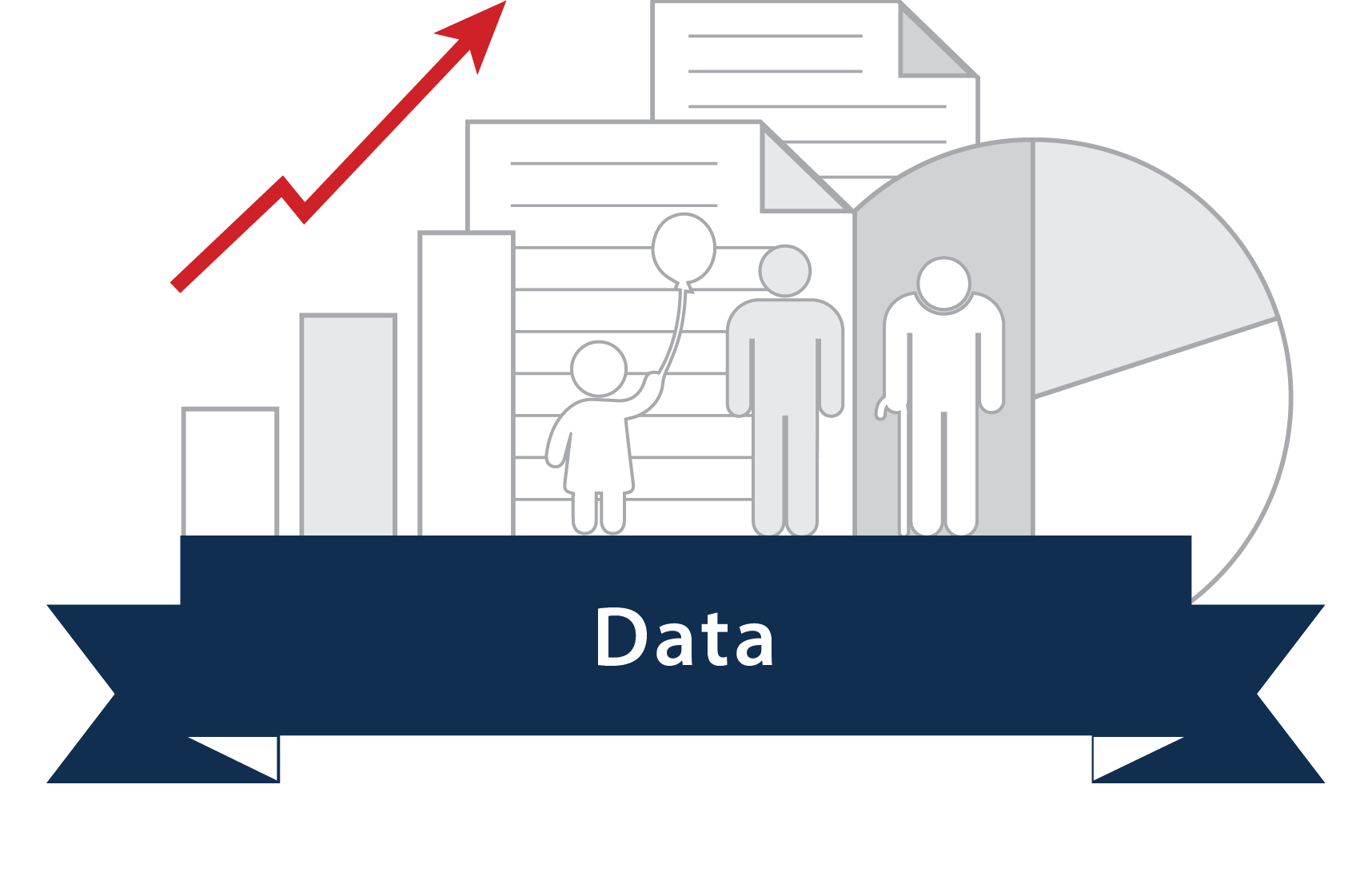Redistricting Process
Although the legal and procedural framework governing legislative redistricting under the Texas Constitution may remain the same, every decade sees a different, often unpredictable, path for state redistricting plans, depending on legislative, gubernatorial, Legislative Redistricting Board (LRB), and judicial action. The history of the redistricting process during the 1980s, 1990s, 2000s, and 2010s illustrates some of the different courses decennial redistricting can take. In general, the procedural and legal requirements dictate that the basic process takes the course that is described below.
While the order of the steps remains the same as indicated, the dates discussed are those required under federal and state laws. The COVID-19 pandemic led to a delay in the release of 2020 census data, and the data were not available before the end of the regular session. As a result, the LRB has no authority for redistricting in 2021, and legislative action relating to all district types will take place in a special session.
2021 changes include:
apportionment data for congressional districts was released on April 26, 2021, rather than on the preceding January 1 as provided by federal law;
detailed redistricting data was delivered to states on August 12, 2021, after sine die adjournment of the 87th Regular Session; and
the 3rd Called Session of the 87th Legislature convened on September 20, 2021, to consider state legislative, congressional, and State Board of Education (SBOE) redistricting, among other issues.
Federal census population data is required by federal law to be delivered to the legislature no later than April 1 of the year following the decennial census, and the data is usually provided several weeks earlier. As soon as the census data is verified and loaded in the computer systems, the members of the legislature and other interested parties begin drawing plans. Bills to enact new state redistricting plans follow the same path through the legislature as other legislation.
If Texas senate or house districts are not enacted during the first regular session following the publication of the decennial census, the Texas Constitution requires that the LRB, a five‐member body of state officials including the lieutenant governor and the speaker of the house, meet and adopt its own plan. The LRB has jurisdiction only in the months immediately following that regular session.
If congressional or SBOE districts are not enacted during the regular session, the governor may call a special session to consider the matter. If the governor does not call a special session or the special session fails to enact a plan, then a state or federal district court likely will issue a court‐ordered plan in time for the next election. Similarly, if the legislature and the LRB fail to adopt a state senate or state house plan, including at a special session called after the LRB's jurisdiction has ended, a court will likely issue a plan to fill the void.
A suit challenging an adopted redistricting plan may be brought at any time under the federal or state constitution or under federal law. Before 2013, Texas and certain other states were required to obtain federal preclearance of any redistricting plans before they could be implemented. In 2013, the applicable provision of the federal Voting Rights Act bringing those states under preclearance was held invalid by the U.S. Supreme Court.
The filing deadline for primary elections established by the Texas Election Code allows approximately six and one-half months from the end of the regular legislative session for the governor to act on any redistricting legislation passed, for the LRB to meet if necessary, for any special session called to consider redistricting if necessary, for court action, and for counties to make necessary changes in county election precincts.
Public Hearings
In order to gather information that will aid the Texas Legislature in making redistricting decisions, legislative committees generally hold public hearings in the months leading up to redistricting. While the official census population data may not yet be available, the hearings provide an opportunity for citizens to present relevant testimony concerning the impact of existing districts, local preferences for district changes, communities of interest, local voting patterns, and other issues that the legislature may consider when redrawing district lines. The hearings also promote public awareness of the legislative redistricting process.
Public committee hearings are also held after census data becomes available and during the legislative session when redistricting bills are under committee consideration.
Legislature
Under normal circumstances, the U.S. Census Bureau delivers state population data to the president by December 31 of the census year, at which time the number of congressional seats for each state is computed. The detailed population data necessary for redistricting is required to be delivered to the states by the following April 1. This gives the Texas Legislature as little as 60 days to draw and adopt legislative district boundaries before the regular session ends. After the legislature receives the census data, it takes time to load the data into the redistricting computer system, verify the integrity of the data, and ensure that the system is functioning correctly. House and senate rules setting end-of-session procedures place further limitations on the time available to pass redistricting bills.
Redistricting bills follow the same path through the legislature as other legislation. Congressional and State Board of Education (SBOE) district bills may be introduced in either or both chambers; senate and house redistricting bills traditionally originate only in their respective chambers. Following final adoption by both chambers, each redistricting bill is presented to the governor for approval. The governor may sign the bill into law, allow it to take effect without a signature, or veto it. If the house or senate redistricting bill fails to pass or is vetoed and the veto is not overridden by the legislature during the first regular session after the census data is released, the Legislative Redistricting Board (LRB) is required to meet. If the congressional or SBOE bill fails to pass or is vetoed and the veto is not overridden, the governor may call a special session to consider the matter.
Enacted redistricting plans or those adopted by the LRB are filed with the Texas secretary of state. The plans adopted, in most cases, become effective for the following primary and general elections, subject to any judicial action if a lawsuit challenging a plan is filed.

Legislative Redistricting Board
The Legislative Redistricting Board (LRB), composed of the lieutenant governor, speaker of the house, attorney general, comptroller of public accounts, and commissioner of the general land office, was created by constitutional amendment in 1951, at least in part, to provide legislators with an incentive to redistrict after each federal decennial census. If the legislature fails to redistrict house or senate districts during the first regular session following release of the decennial census, Section 28, Article III, Texas Constitution, requires the board to meet within 90 days of the end of that regular session and, within 60 days of convening, to adopt its own house or senate plan.
In Mauzy v. Legislative Redistricting Board, 471 S.W.2d 570 (Tex. 1971), the Texas Supreme Court interpreted the LRB's authority to arise not only when the legislature literally fails to act but also when legislative redistricting plans are found invalid. As a result, if the legislature's plan is vetoed by the governor and the veto cannot be overridden by the legislature, or if the plan is overturned by a final judicial ruling within the 90‐day period in which the LRB is given redistricting authority, redistricting becomes the responsibility of the LRB.
Judicial Review

A suit against an adopted redistricting plan may be brought at any time under the federal or state constitution or under federal law. A suit alleging that a plan does not meet Texas constitutional requirements is ordinarily filed in state court. A suit alleging that a plan violates federal law is ordinarily filed in federal district court, but may be brought in state court instead.
Elections Under New Districts
Before elections are held under the new districts, counties that are split by congressional, legislative, or State Board of Education district boundaries under the newly adopted plans must change their voting precinct boundaries to conform with the new district lines.
The state constitution requires a candidate for state legislative office to have resided for at least one year before the general election in the district the candidate seeks to represent.



